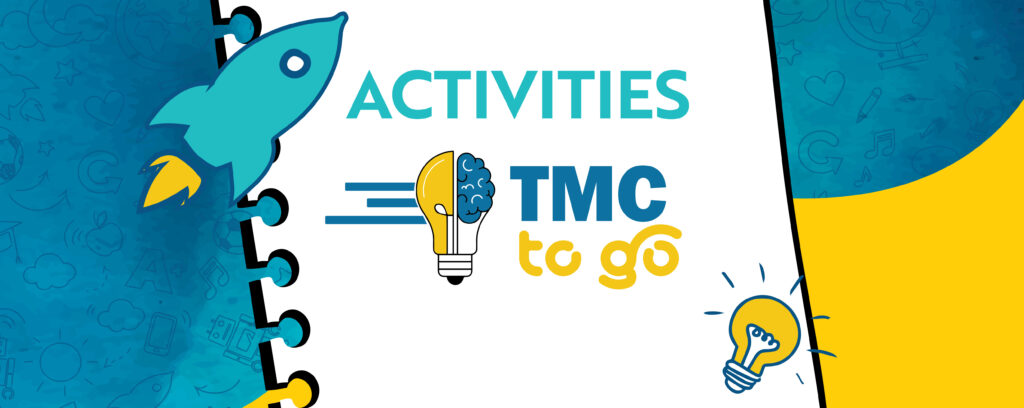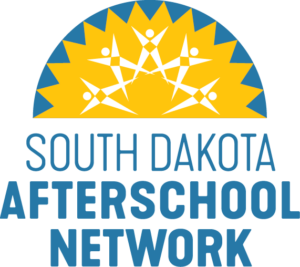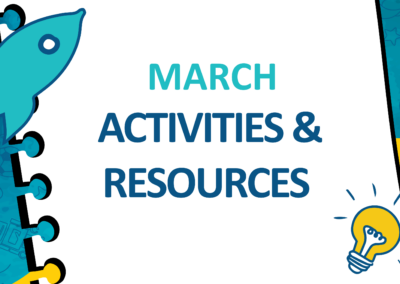Activities
-
- Can Plants Stop Soil Erosion?: Intermediate level environmental engineering activity lasting 2-4 weeks. Oil erosion can cost the world billions of dollars every year by washing pollutants into our streams and rivers and by causing the loss of farmland. What can you do about this problem? Help save the world (and some money!) with nothing more than a few plants!
- Build a Jumping Robot: Intermediate level mechanical engineering activity lasting 2-5 days. Can you build a robot that hops like a frog? In this engineering project, you will learn how to build a simple robot that uses the energy stored in a stretched rubber band to jump. You will use the engineering design process to try to make your robot jump higher and farther. How far can you make it jump?
- Gravity: It’s What Keeps Us Together: This set of ten easy to understand activities use math to understand gravity on Earth and in space. The activities are kid-centered (for example, what would I weigh on Mars) and use math in an integrated format.
- Space Weather Math: These hands-on activities combine an understanding of math with an understanding of weather and climate. Easy to prep, do, and follow up.
______________________________________________________________________

Click on the links below to access curated mini units of STEM-based curriculum from SDAN.
Activity Guide: Getting Electric
Activity Guide: Inside My Body
Activity Guide: Building Great Structures
Activity Guide: Harnessing Air
Activity Guide: City Build 2040
Activity Guide: Star Wars
Activity Resources: Native American Heritage Resources
Activity Resources: Spooky Science Resources
Resources
Transformative Practices
The Million Girls Moonshot aims to raise awareness of the following four research-based practices — Equity and Inclusion, Engineering Mindsets, Role Model, Mentors, and Families, and STEM Pathways and Transition — proven to remove barriers to access and quality STEM learning experiences. Resources, toolkits, blogs, and activities that elevate these four Transformative Practices can be found below and on the Million Girls Moonshot Toolkit
Equity and Inclusion
- Access to STEM Framework: To improve the overall quality of out-of-school STEM programs, we need to address how program providers design and implement programming to increase access in STEM for youth who have been underrepresented in the STEM fields. Partnering with the National Girls Collaborative Project (NGCP) and national experts, we have developed an Access to STEM Framework — a guide for supporting program providers in this transformation. Download the Framework. Dive into the three main components of the Framework below:.
- Increasing Access – Strategies that address barriers to participation and build on the experiences within the community.
- Youth Centric – Strategies that build on the specific strengths, needs, and challenges of youth.
- Skill Development – Strategies that are personally relevant to youth and enable them to develop STEM and 21st century skills.
- Broadening Participating Toolkit: To help informal STEM education and science communication groups reflect on and strengthen their efforts to broaden participation in STEM, CAISE’s Broadening Participation in STEM Task Force has developed a suite of professional development tools.
- The Genius of Play: Six Ways to Combat STEM Stereotypes through Play – In this Genius of Play Expert Advice article, Dr. Amanda Sullivan, Senior Program Developer at NGCP, explains that play is the perfect place for early educators and caregivers to start combatting STEM stereotypes with young children. This article provides six easy ways educators and caregivers can foster play that breaks STEM stereotypes.
Engineering Mindsets
- Engineering Mindset Overview: An engineering mindset refers to the attitudes and thinking skills associated with engineering — using a systematic engineering design process, considering real-world problems, applying math and science, and working in teams. The Moonshot focuses on 10 engineering practices. An overview of each practice follows and subsequent briefs will explore each one individually.
- Engineering Practices Part 1 Recorded Training: A Moonshot webinar recording to review the following three of the ten Engineering Practices: 1) Consider real-world problems, 2) Use a systemic problem-solving process, and 3) Explore the properties and uses of materials.
- Engineering Practices Part 2 Recorded Training: A Moonshot webinar recording to review the following three of the ten Engineering Practices: 1) Balance criteria and constraints, 2) Apply science and math, and 3) Envision multiple solutions.
- Engineering Practices Part 3 Recording Training: A Moonshot webinar recording to review the following three of the ten Engineering Practices: 1) Evaluate designs and iterate, 2) Persist and learn from failure, 3) Work effectively in teams, and 4) Identify as engineers.
- Service Learning and STEM: This concise two page document lists connections between Service Learning and STEM. Multiple links to Spotlight on Service-Learning articles are also listed.
- Youth Advisory Board Town Hall: The Impact of Artificial Intelligence on Society: During this Town Hall, NGCP’s Youth Advisory Board and esteemed experts discussed how communities and individuals can equip themselves with knowledge about AI and assess its potential influence on their lives.
Role Models, Mentors, and Families
Role models, mentors, and family engagement in a young person’s STEM education leads to increased interest, greater self-confidence, and ultimately a stronger STEM identity. Developing a science-related identity increases the likelihood that students will work toward developing science literacy, or even pursue a career in a science or STEM-related field.
-
- Creating Connections with Role Models: The Power of Collaboration: From Techbridge Girls, in collaboration with The National Girls Collaborative Project, this guide is intended to support leaders with the recruitment and preparation of role models to inspire girls in science, technology, and engineering. This is an outline of Techbridge’s “recipe for success” for role models, while encouraging you to make changes that best fit your needs.
- The Role of Diverse Mentorship in Education Equity – Mentors are uniquely positioned to help increase diversity, equity and inclusion (DEI) in STEM by serving as role models for individuals that look and identify like them, encouraging a more welcoming environment for continued growth for marginalized communities. Four IEEE members describe their personal experience and the impact that diverse role models made on their STEM careers.
- Role Models Matter Training: Virtual training program developed by Techbridge Girls to help role models develop the skills to best engage girls from marginalized communities.
- STEM Family Engagement Planning Tool: A planning tool to support programs in uplifting and empowering all youth and families in STEM.
Continuous STEM Learning Pathways
Research tells us that continuous engagement and exposure rather than limited one-time opportunities are needed to nurture the interest and motivation necessary for children to pursue STEM pathways long term. The Moonshot aims to understand and support transitions and handoffs that remove barriers for youth by connecting STEM learning across ages and settings, ensuring youth interest and motivation persists.
- Possible Futures — Career Exploration Curriculum: Open source curriculum that complements and enriches both school and afterschool settings 1) expanding career awareness through authentic experiential learning opportunities; 2) encouraging students to explore their diverse interests, talents, and options; 3) enlivening STEM subjects by bringing in real-world and career contexts; 4) empowering students to develop vital employability skills; and 5) engaging students in making informed choices.
Below are some adaptations of the Possible Futures Career Exploration Curriculum specifically for afterschool and summer programs:
- Career Foundations Adaptation: A collection of 14 lessons, a streamlined combination of the Lenses on the Future and Skills for Success units of Possible Futures curriculum.
- College and Career Readiness Toolkit: Maryland Out of School Time (MOST) embedded the Career Foundations Unit of Possible Futures into this toolkit that serves as a guide for OST providers.
-
-
- The Connected Learning Research Network: Reflections on a Decade of Engaged Scholarship: This report from the Connected Learning Research Network (CLRN) presents a vision for understanding and revitalizing the ways in which we support learning during these changing times. This report synthesizes a varied set of content and perspectives: empirical research on the changing landscape of new media and learning, design principles, evaluation approaches, learner and case studies oriented to identifying and spreading positive innovations.
- Toolkit: Brokering Youth Pathways: A Toolkit for Connecting Youth to Future Opportunities: A Hive Research Lab toolkit to explore the various ways in which out-of-school educators and professionals have approached the challenge of brokering – supporting the identity development, social capital building and long-term, interest-driven learning across settings actively connecting program participants to new learning opportunities.
-









